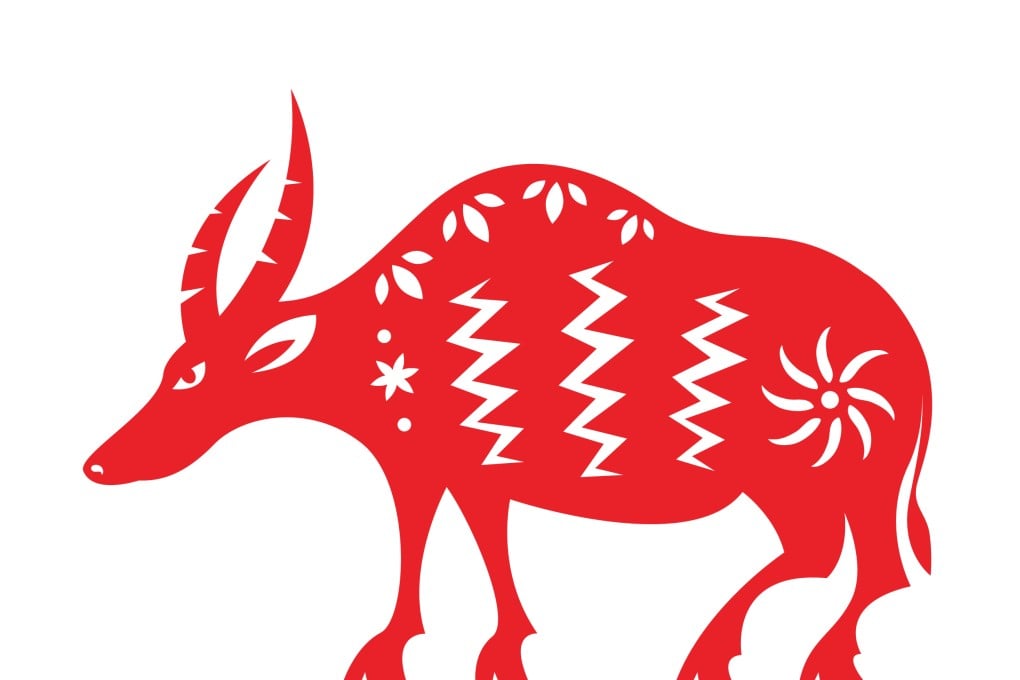Language Matters | Year of the Ox: the role of the Chinese zodiac symbol in language
- In the English language, ox has a claim to fame in its special plural form – oxen
- The animal has also lent significance to writing systems in Ancient Greek

While horoscopes predict what the Year of the Ox has in store – hard work gets rewarded, relationships come to the fore – here we explore the role of the ox in language.
One of ox’s claims to fame is its plural, oxen. Ox was oxa, a weak noun in Old English (whose noun system is too complex to detail here), and thus took the nasal plural form oxan, eventually weakening to oxen. Strong nouns, by contrast, such as fox, had the -s plural form, giving foxas, thence foxes (though 1980s hackers humorously pluralised computers as boxen.)
With the majority of English nouns regularising through Middle English to now have the universal -s plural, ox/oxen is just one of three relics of the -an inflection (the others being “children” and “brethren”, double plurals with older r- and umlaut plural forms, respectively).
The ox also figures significantly in the Semitic abjads (which include Phoenician, Hebrew, Arabic) – writing systems where each symbol or glyph represents a consonant, with vowels inferred accordingly.
Aleph, the first letter in these abjads, is believed to have derived from an Egyptian hieroglyph depicting an ox’s head, representing the initial sound of the West Semitic word for “ox”. From the Phoenician variant came the Greek alpha and thence the Latin “A”.
The Ancient Greek word for “ox”, bous, plus strophe “turn”, and adverbial suffix don “like, in the manner of”, gives boustrophedon. This describes the style of writing in which alternate lines are written in opposite directions – like the course of the plough in successive furrows – rather than consistently in one direction. This style is mostly found in ancient manuscripts and inscriptions, such as Etruscan and early Greek texts.
